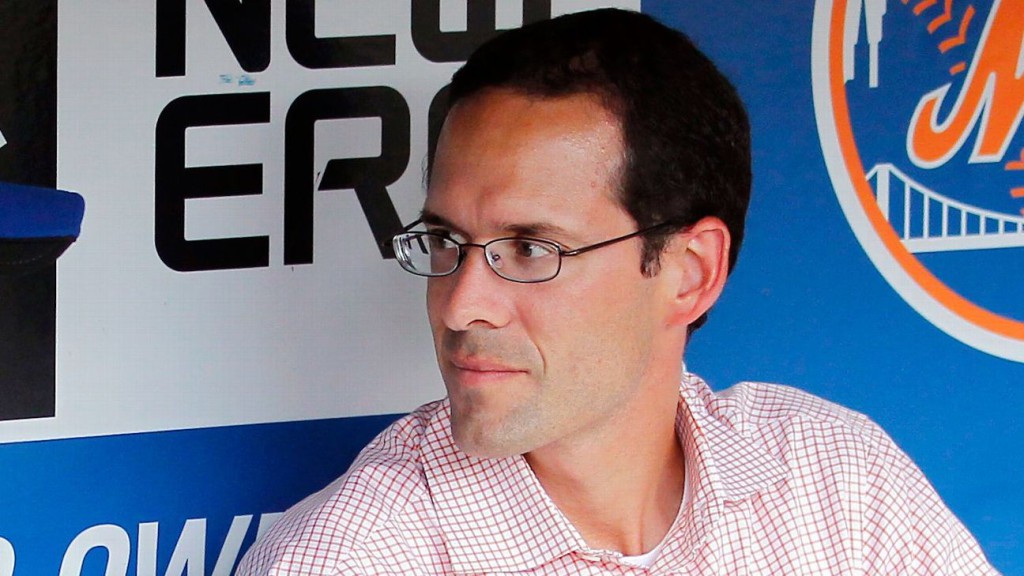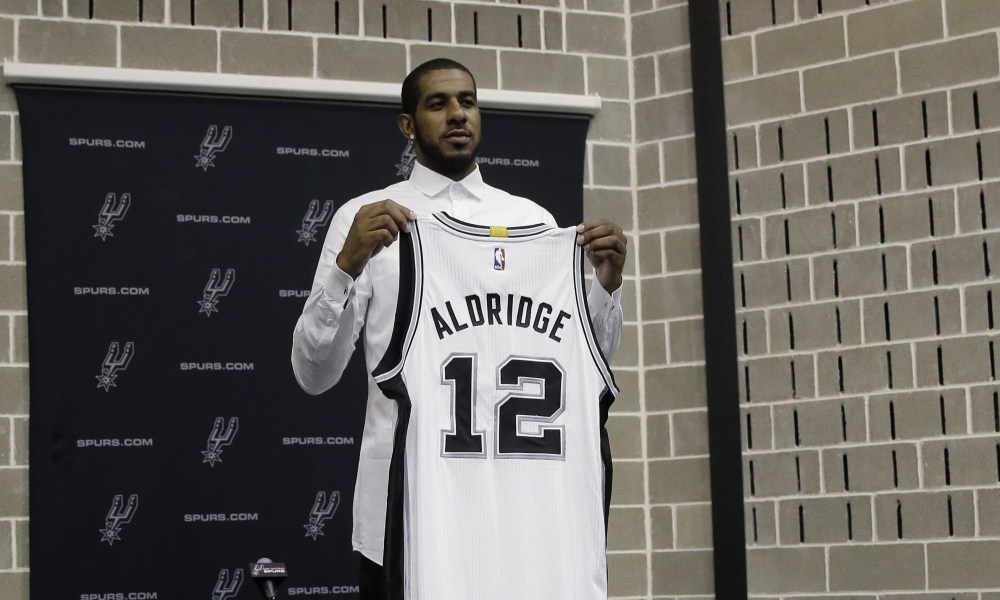by Barry Klarberg | Jan 20, 2016 | Baseball
Since the Cleveland Browns returned to the NFL in 1999, the dedicated fans of the Dawg Pound haven’t had much to celebrate. Years of management and roster overhauls created a tumultuous situation that resulted in mostly sub-.500 records and inconsistency across the board.
This season saw another failed year in the always competitive AFC North where the struggling club must contend with the often-powerhouse Bengals, Ravens and Steelers six times a season. The year resulted in another below .500 record, and the ouster of head coach Mike Pettine and general manager Ray Farmer almost immediately after the team’s loss to the Steelers on the final week. And just like that, the Browns and the Cleveland faithful were back to square one to start off 2016.
This time around, the Browns went outside the box, some would say extremely outside of it, with the hiring of baseball veteran and Moneyball originator Paul DePodesta as the team’s new chief strategy officer. DePodesta is known for helping usher baseball into the analytics era. Earning a name for himself in Cleveland, Paul joined the Oakland A’s front office in 1999, where he took his analytical focus to great success. After Oakland, Paul spent almost two years as the general manager of the L.A. Dodgers before moving to San Diego and then to the New York Mets.
The move to bring DePodesta to an entirely different sport certainly brought on some laughs, but the hiring could prove to be an excellent signing for owner Jimmy Haslam and the sluggish Browns. If you haven’t read Monday Morning Quarterback’s profile on Paul’s hiring, I recommend you do so now. The first thing that should be mentioned is that not only does Paul carry a storied football career that took him to Harvard as a wide receiver, he also thrives on challenges. He is a thinker that wants to challenge himself to improve, and in doing so, improve those around him. If Cleveland was searching for a brain trust to oversee strategy, they scored a touchdown with this hiring.
Beyond his familiarity with the sport, football is moving towards a data-focused game. Between player safety and more teams placing an emphasis on a Moneyball style of its own, the Browns could be the first club to really place a cultural emphasis on stats across the organization. If Paul can bring the same success he helped usher in with the Cleveland Indians, he may end up being the second coming of LeBron James to the beleaguered city, as exaggerated as that may sound.
And sure, it could go down as another failed move from the club, but it’s worth a shot. Now with coach Hue Jackson in place–a hiring that some think could cause a clash between DePodesta’s new ideas and Jackson’s traditional approach to the game–Cleveland can begin to focus on the future. There’s still a lot of work the franchise needs to improve, but this could be the about face it needs. If Paul and Hue can deliver, and the club practices some patience, the AFC North may just become even more competitive in the coming seasons.
by Barry Klarberg | Jan 8, 2016 | Sports Business
For most major American sports, free agency season almost always brings about the most discussion and tension amongst fans, insiders and analysts alike. Almost every season, at least one big name player’s contract runs out and speculation about their next destination runs rampant–sometimes even months before the window actually opens up.
Some seasons are ones for the record books.
In 2010, literal years of speculation over where some of the NBA’s biggest names–including LeBron James, Dwyane Wade, Chris Bosh, Joe Johnson and several other game changing players–finally came to a head. That summer saw the formation of Miami’s Big 3 and several other marquee players change jerseys and zip codes.
Depending on the people you’re discussing the issue with, you probably will hear two different approaches to free agency. One belief believes that free agency doesn’t start until the first major contract is signed, dictating the salary demands and contracts of similar players. The other sees free agency as an open market with little to no order.
In truth, they’re both right at times.
When looking at free agency across the major sports in America, several factors help shape the market and much of the league’s demand.
At the end of the day, all markets are want vs need. In the NBA, the game saw a massive change when the largely small ball Warriors upended the league and its big men with a largely perimeter shooting approach to win last season’s trophy. That resulted in some teams changing their free agency philosophy. With several talented bigs on the market, some teams opted for different skilled position players. Certainly bigs like Greg Monroe and Robin Lopez found new homes, but did the market change after the Warriors brought their approach to the forefront? It’s hard to argue against that. Similarly so in Major League Baseball, some offseasons may see power hitters or ace pitchers fly off the market with massive deals. In other years, some of the biggest names will be some of the last signed. As Mike Axisa of CBS Sports explains, the MLB saw several different patterns form over the last few free agent periods, debunking much of the belief that the market waits on its biggest names.
Another big man from last season’s NBA free agent class, Marc Gasol, represents why the market doesn’t always wait for the big contract ink to dry. This past offseason saw huge names like Gasol, LeBron and Manu Ginobili mostly stay put with their old teams. When looking at how the order of deals went down this past summer, it appears that most teams knew this would be the case and opted to make complementary players more the priority. While some large signings came early on–including DeMarre Carroll joining Toronto and Brandan Wright joining us in Memphis–the biggest chip of the season, LaMarcus Aldridge, took a few days to sign. Certainly some teams waited for his decision, mostly hoping Aldridge would choose their club, while others swooped in for other options.
This can also be said in the NFL and NHL. The last NFL offseason certainly saw lots of names moving around at all different times during the window. 2014’s rushing leader, DeMarco Murray, weighed his options for a while before signing with Philadelphia in the middle of March–after a flurry of rumored signings for both sides. This happens at times. In other instances a player may overestimate their market and remain on the sidelines for a while before getting an opportunity from a team in need due to injury or lagging performance from the current roster. Other times, a player may be coming off a bad reputation and will have to deal with a declined market interest.
In short, while the marquee players and contracts certainly do dictate the temperature of the market, they don’t hold the rest of the market in a freeze until they sign. Depending on the circumstance, teams and free agents may take the plunge early, or hold off to see how the market shapes up over the window.

